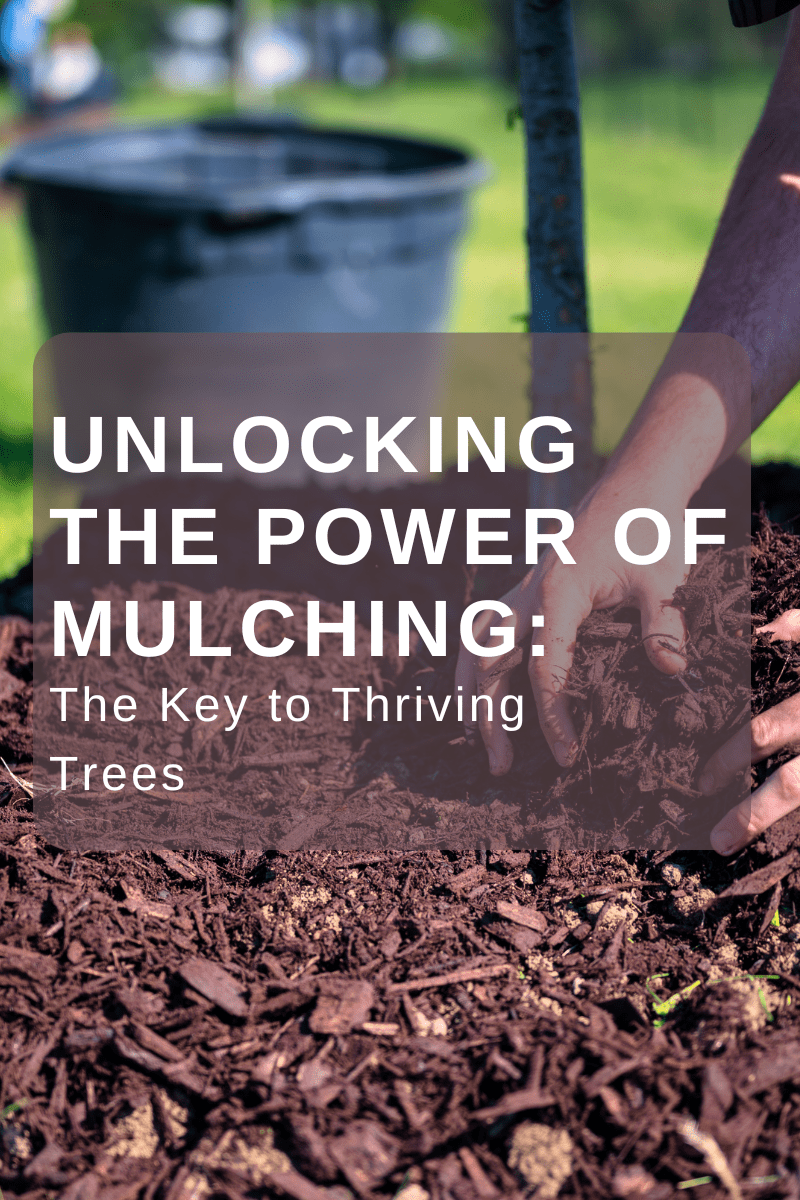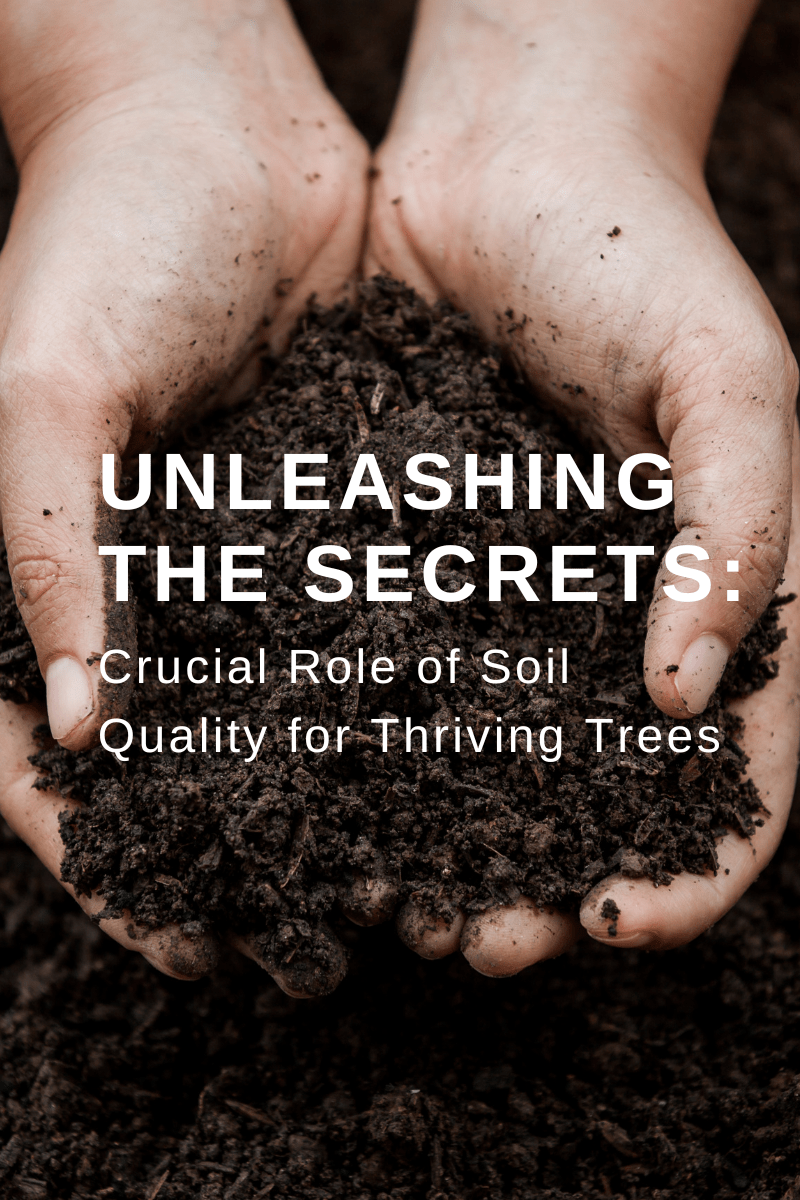Unlock the Power of Mulching: The Key to Thriving Trees
Mulching is often underestimated when it comes to tree care, yet it holds remarkable benefits for the health and vitality of trees. By understanding the importance of mulching, you can provide your trees with the optimal growing conditions they need to flourish. In this article, we will explore the significant role of mulching in tree care, address common questions, and provide valuable insights. Whether you’re a homeowner or a professional arborist, this article will equip you with the knowledge you need to harness the power of mulching and unlock the full potential of your trees.
1. Why is mulching important for trees?
Mulching offers a multitude of benefits for tree health and overall well-being. Here are the key reasons why mulching is important:
- Moisture retention: Mulch acts as a protective layer, reducing water evaporation from the soil. It helps retain moisture, ensuring a consistent water supply for tree roots during dry periods, which is crucial for their survival and growth.
- Weed suppression: A layer of mulch helps suppress weed growth by blocking sunlight and preventing weed seeds from germinating. Weeds compete with trees for nutrients and water, so reducing their presence promotes healthier tree growth.
- Temperature moderation: Mulch acts as insulation, regulating soil temperature and protecting tree roots from extreme heat or cold. This moderates temperature fluctuations, creating a stable environment for root growth and development.
- Soil improvement: As mulch breaks down over time, it enriches the soil by adding organic matter. This improves soil structure, nutrient content, and microbial activity, fostering a healthy root environment.
2. What materials are suitable for mulching?
Various mulch materials can be used, each with its own advantages. Here are some commonly used mulch materials:
- Organic mulch: Organic materials like wood chips, shredded bark, or compost are popular choices for mulching. They provide nutrient-rich organic matter as they decompose, promoting soil health and tree growth.
- Inorganic mulch: Inorganic materials such as gravel, rocks, or rubber mulch can also be used. While they don’t decompose like organic mulches, they provide similar benefits of moisture retention and weed suppression.
- Avoiding certain materials: It’s important to avoid using materials like fresh grass clippings or untreated sawdust as mulch, as they can cause nitrogen depletion in the soil or compact around tree roots, hindering proper airflow.
3. How should mulch be applied?
Proper mulch application is essential to maximize its benefits and avoid potential pitfalls. Consider the following guidelines:
- Depth and coverage: Apply mulch in a layer around 2-4 inches deep, extending in a circle around the tree but keeping a few inches away from the trunk. This allows roots to breathe and minimizes the risk of rot or disease.
- Mulch shape: Spread mulch in a donut or saucer shape, creating a shallow depression around the base of the tree. This helps retain water and prevents mulch from piling against the trunk, which can lead to rot.
- Mulch maintenance: Regularly monitor the mulch layer and replenish it as needed. As organic mulch decomposes, it will need to be replenished to maintain the desired depth and effectiveness.
4. Are there any potential drawbacks to mulching?
While mulching provides significant benefits, it’s important to be aware of potential drawbacks to ensure proper mulch management:
- Volcano mulching: One common mistake is piling mulch against the tree trunk, creating a “volcano” shape. This can lead to excess moisture retention, rot, and the development of pests or diseases.
- Over-mulching: Excessive mulch depth or coverage can suffocate tree roots by limiting oxygen availability. Avoid applying more than the recommended depth and keep mulch away from the tree trunk.
- Mulch mounds: Improper mulch installation can result in mulch mounds against the tree base, causing moisture accumulation and potential root suffocation. Ensure a flat, even layer of mulch around the tree.
Mulching is an invaluable practice in tree care that offers numerous benefits for tree health and vitality. By understanding the importance of mulching and following proper mulch application techniques, you can create an optimal environment for your trees to thrive. Remember to choose suitable mulch materials, maintain the appropriate depth, and avoid common mulching mistakes. Embrace the power of mulching and witness the transformative impact it has on the health and beauty of your trees.
To learn more about mulching and how it can benefit your trees, feel free to contact us at Plano Tree Care. Our team of tree care experts is ready to provide guidance and answer any questions you may have. Reach out to us today and let’s unlock the full potential of your trees together.





